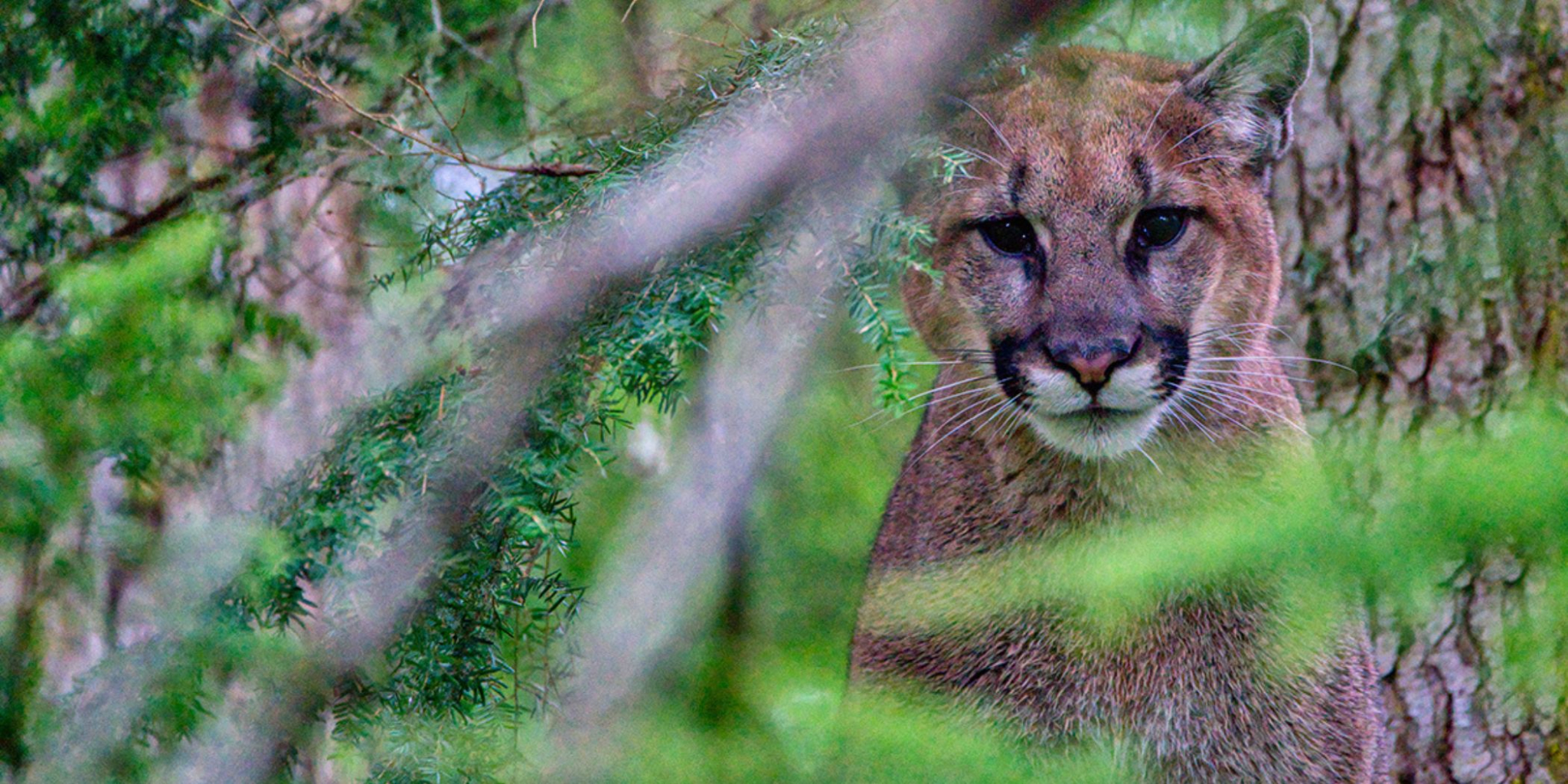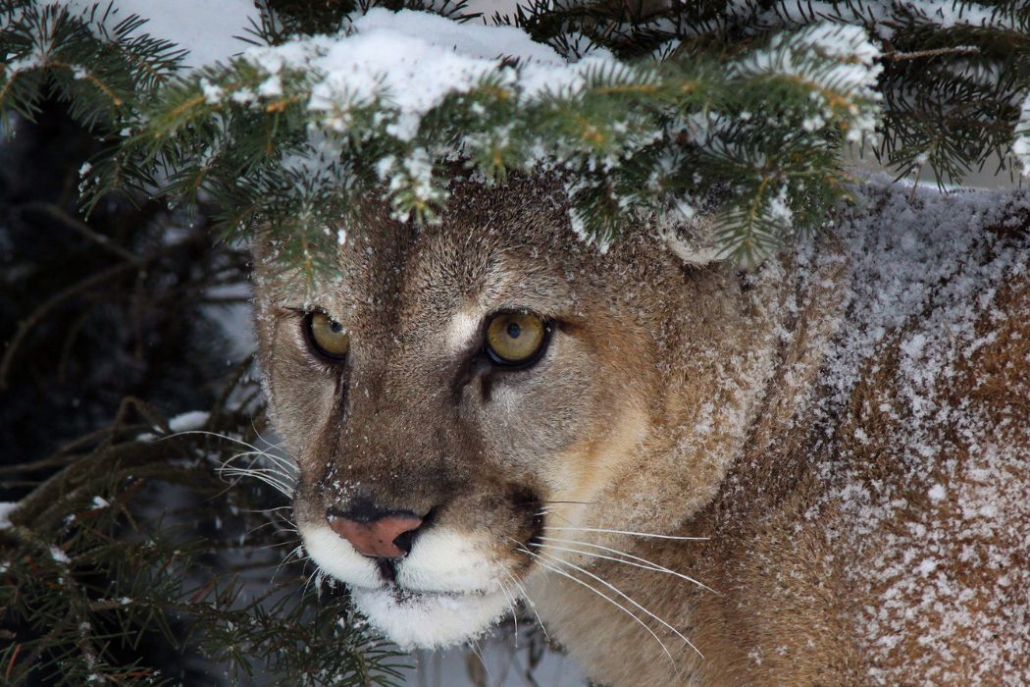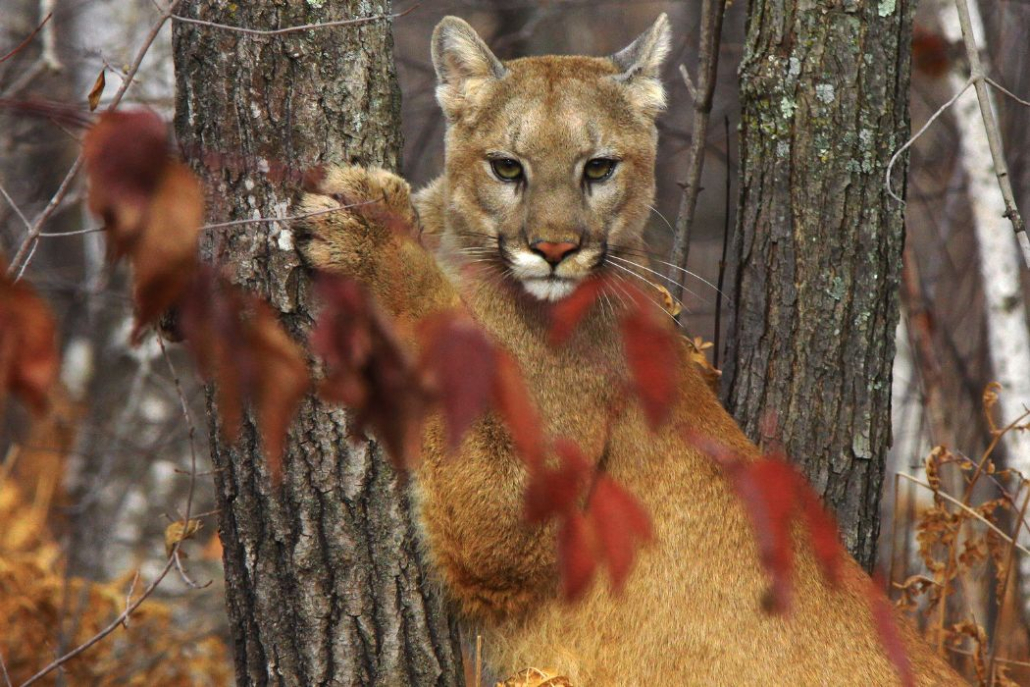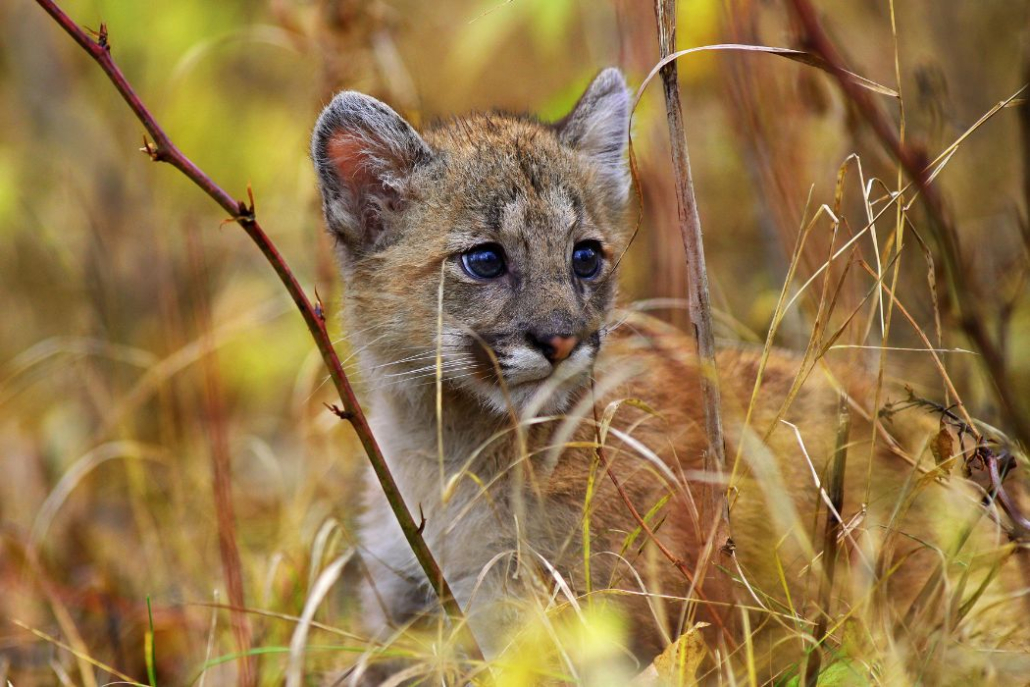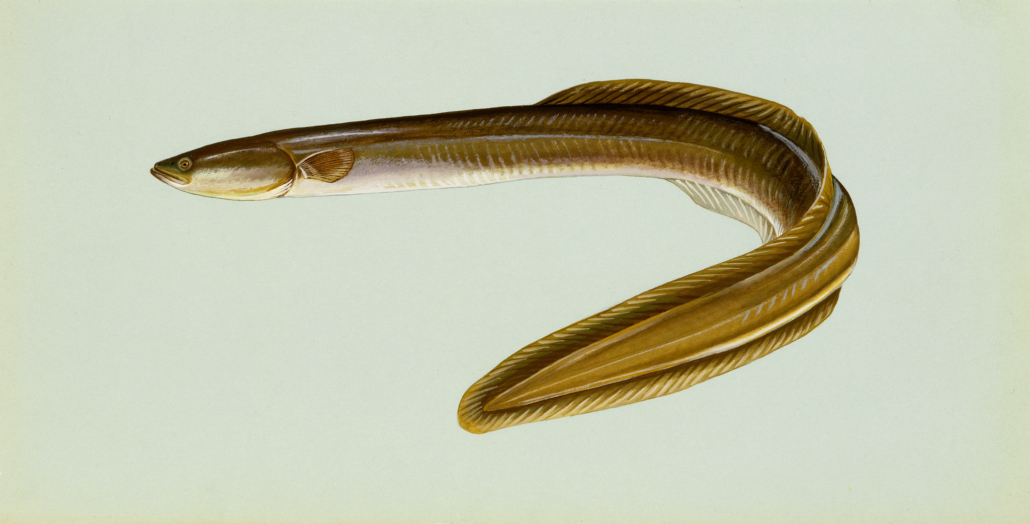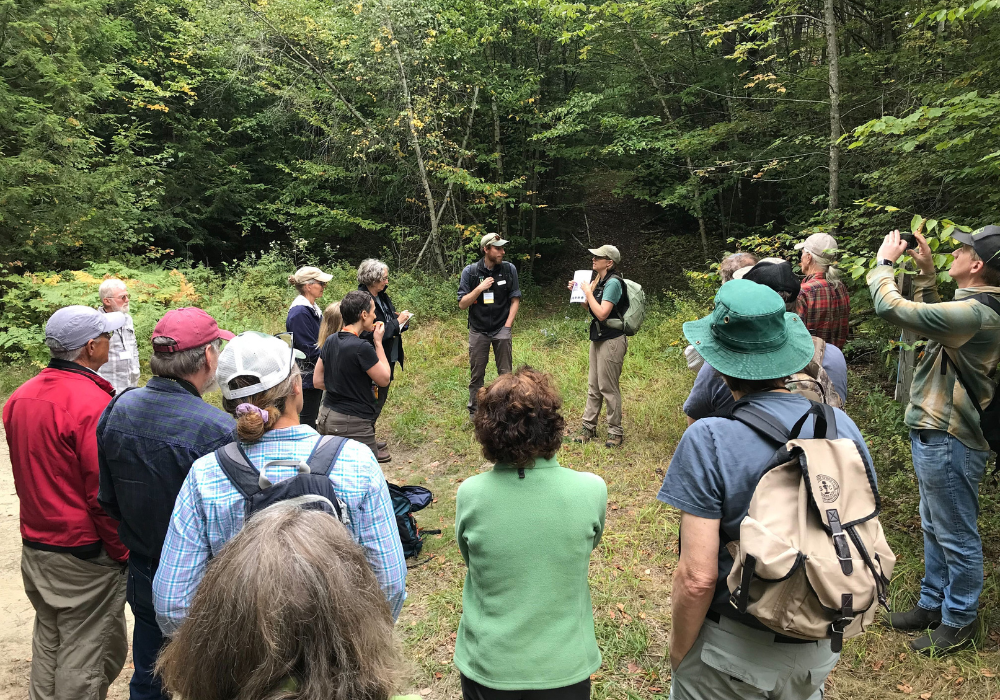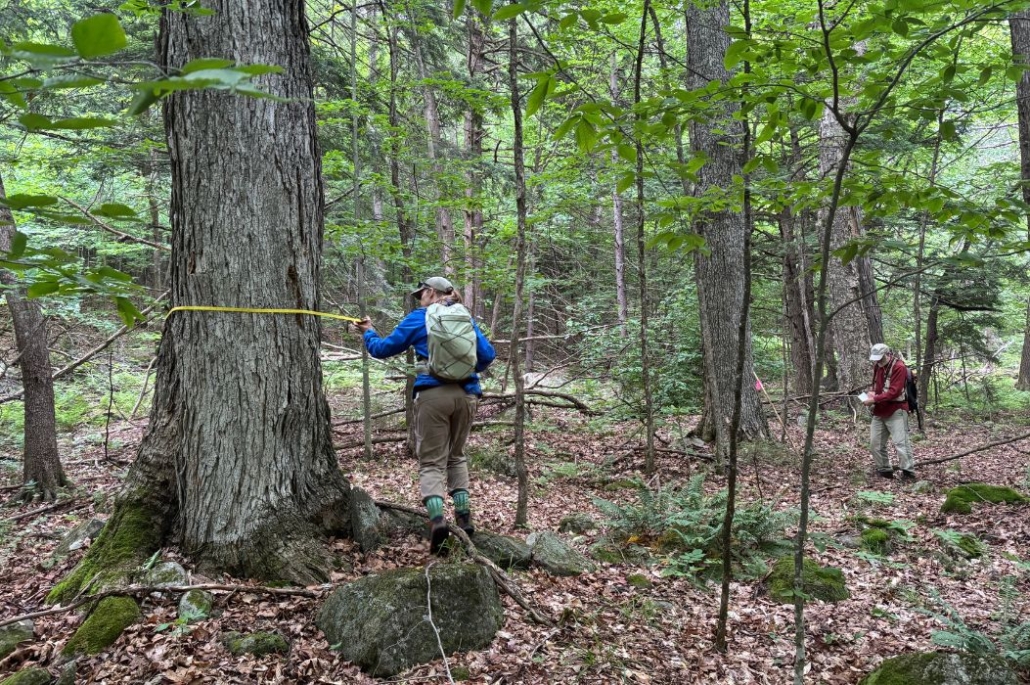Towards Coexistence with Large Predators
Northeast Wilderness Trust’s (NEWT) conservation work is guided by a trio of principles: cores, corridors, and carnivores. These, referred to as the “3Cs,” inform NEWT’s decision-making when prioritizing potential land projects in pursuit of an ecologically connected and vibrant Northeast.
The third of these principles, carnivores, refers to the presence on wildlands of large predator species. These species exert downward pressure on the web of life that makes up ecosystems, helping to keep them balanced. But human domination of the landscape, as well as outright extermination campaigns of these species in some instances, has led to the decimation of these vital ecosystem engineers and their disappearance from wide swathes of their original ranges, with far-ranging consequences for ecological health and resilience.
In the Northeast, the two primary predator species now mostly absent from the landscape are wolves and mountain lions. The latter of these was the focus of NEWT’s recent Speaker Series webinar, “The Role of Large Carnivores in Rewilding Ecosystems.” Dr. Mark Elbroch of Panthera, the global wildcat conservation organization, joined NEWT’s Wildlands Ecology Director Shelby Perry for a conversation about mountain lions (or catamounts, or cougars, or pumas, or any of the “more than 250 names documented across the Americas” for this species, according to Elbroch) and the ecosystem role of large predators.


